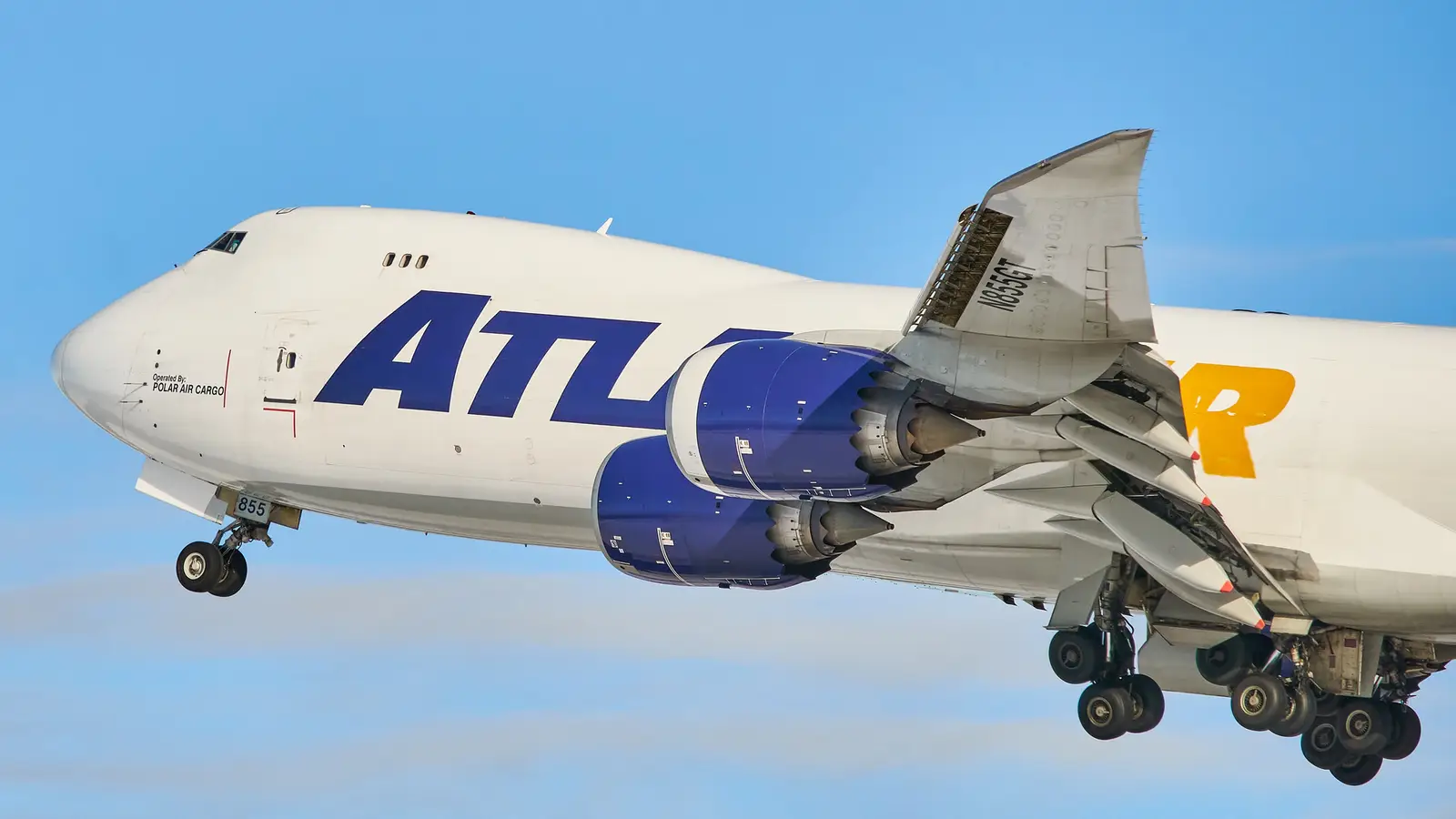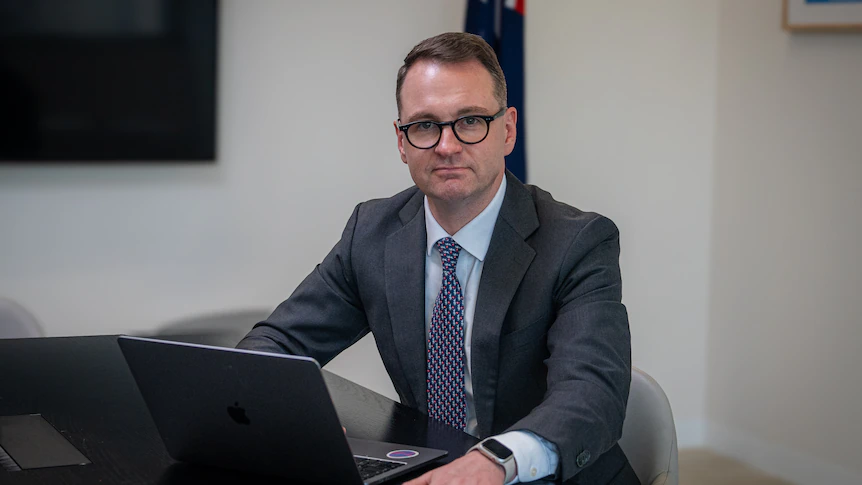
For much of the recent jet-age, four-engine passenger aircraft, such as the Boeing 747, Airbus A340, and Airbus A380, embodied the pinnacle of long-haul travel. With their vast capacity, range, and redundancy, these quadjets once dominated the world’s busiest and most prestigious routes, becoming icons of aviation history. They were born in an era when engine reliability and regulations demanded more than two engines for flights across oceans and remote regions, making them both practical and symbolic of global air travel.
In recent years, however, the industry has shifted decisively toward twin-engine aircraft. Advances in engine technology and expanded ETOPS certifications have made twinjets like the Boeing 777, 787, Airbus A350 and A330 more efficient, cost-effective, and environmentally sustainable than their four-engine predecessors. With Airbus ending A380 production in 2021 and Boeing delivering its final 747 in 2023, the era of quadjets appears to have passed; yet, questions remain about whether unique geopolitical pressures, future supersonic designs, or new propulsion technologies could someday bring them back.
From Icons to Obsolescence: The Rise and Fall of Quadjets
When long-haul air travel expanded in the 1960s and 70s, four engines were essential. Jets like the Boeing 747 and 707, and later the Airbus A340 and A380, offered the thrust, range, and redundancy needed to cross oceans safely at a time when twin-engine reliability was limited. These aircraft became the flagships of global fleets, built to carry hundreds of passengers across continents.
They also became cultural icons. The 747, known as the “Queen of the Skies,” symbolized globalization, while the A380 showcased Airbus’s ambition to reshape hub-to-hub travel with unmatched capacity. For airlines, flying a quadjet was as much about prestige as practicality.
Yet their size and complexity came at a cost. Four engines meant more fuel burn and higher maintenance, disadvantages that grew as new, efficient twinjets entered service. By the 2010s, the A340 had been retired from production, the A380 saw dwindling orders, and in 2023, Boeing closed the 747 line, marking the end of the quadjet era in mainstream passenger aviation.
Why Twin-Engine Aircraft Took Over the Skies
The dominance of four-engine airliners began to falter as jet engines became more powerful and reliable. Advances in turbofan technology meant that two engines could provide the thrust once requiring four, while also burning less fuel and weighing less. Regulatory changes reinforced this shift; ETOPS (Extended-range Twin-engine Operational Performance Standards) allowed twinjets to operate safely on long transoceanic routes once off-limits to them.
Aircraft such as the Boeing 777, 787 Dreamliner, Airbus A350 and A330 have capitalized on these developments, offering airlines a balance of range, efficiency, and lower operating costs. For carriers, this meant the ability to open new point-to-point routes without relying solely on megahubs that favoured very large aircraft. The flexibility and profitability of twins quickly overshadowed the appeal of quadjets.
The numbers tell the story: while the A340 and A380 struggled to attract new orders, airlines eagerly adopted twinjets for both long-haul and ultra-long-haul operations. With fewer engines to maintain, lower fuel bills, and strong manufacturer support, two-engine aircraft proved to be the more sustainable choice in an era of tight margins and rising environmental concerns.
Russia’s Ilyushin Il-96: A Quadjet Revival Against the Odds
While most of the world has moved on from quadjets, Russia has turned back to the Ilyushin Il-96 as a stopgap solution. First flown in the late 1980s, the widebody was never a major commercial success, but geopolitical pressures have revived its relevance. With sanctions limiting access to Western aircraft and parts, Moscow is promoting the Il-96 as a domestically built alternative that avoids reliance on Boeing or Airbus.
Technically, however, the Il-96 lags far behind modern competitors. Its four Aviadvigatel engines are less efficient, heavier, and more maintenance-intensive than the high-bypass turbofans that power today’s twinjets. This results in higher operating costs and shorter service life, making the aircraft unattractive outside Russia’s constrained market. Airlines elsewhere have little incentive to revisit such a design when more efficient options are available.
The following data, provided by SKYbrary, shows figures relating to the Il-96.
In practice, the potential Il-96’s revival is less a sign of a broader quadjet comeback and more a reflection of necessity under sanctions. Production numbers are likely to remain small, serving mainly government, state-owned carriers, or special missions. For Russia, the Il-96 provides a way to maintain long-haul capacity without foreign dependence, but for the wider industry, it underscores why four-engine aircraft disappeared from mainstream service in the first place.
Supersonic Dreams: Why Boom’s Overture Needs Four Engines
While quadjets have faded from mainstream passenger service, one ambitious project is bringing four engines back into the conversation: the Boom Overture supersonic jet. Designed to carry 65 to 80 passengers at Mach 1.7, the Overture has shifted from an earlier two or three-engine layout to a four-engine configuration. This decision was not about nostalgia but practicality, reflecting the unique challenges of designing a commercial aircraft that can cruise faster than the speed of sound.
By splitting thrust across four smaller engines, Boom avoids the complexity and certification hurdles of building entirely new large supersonic powerplants. The arrangement also helps distribute weight and reduce engine size, which eases development and improves aerodynamics. Another benefit is noise management: using four smaller engines instead of two massive ones lowers the acoustic footprint, a critical factor in meeting both airport and environmental regulations.
The Overture’s use of four engines highlights how design requirements can still justify a return to multi-engine layouts under special circumstances. Unlike subsonic long-haul airliners, where efficiency dominates, supersonic travel faces different constraints: sonic boom mitigation, heat, and noise. For Boom, four engines offer a compromise that balances performance, manufacturing ease, and sustainability, keeping alive a narrow but fascinating role for quadjets in the future of commercial aviation.
Could Quad-Jets Return If Sustainable Aviation Fuel Is Cheaper?
If sustainable aviation fuel (SAF) ever becomes cheaper than conventional jet fuel, it could soften one of the main disadvantages of large quadjets like the Airbus A380 or Boeing 747-8: high fuel burn. Today, SAF costs three to five times more than conventional jet fuel, making fuel-hungry designs even harder to justify. A price drop could reduce this penalty and reopen discussions about very large aircraft on dense, long-haul routes.
But cheaper fuel alone does not solve every problem. Quadjets remain more complex and expensive to maintain, while many airports struggle to accommodate them. Airlines also prefer the flexibility of smaller twinjets, which allow more frequent departures and better match demand. These structural factors have driven the decline of quadjets even more than fuel prices.
The following data from the US Department of Energy and a Boston Consulting Group report displays a comparison between fuel sources.
That said, if SAF becomes abundant and affordable, niche opportunities could emerge. High-volume hub-to-hub routes, prestige operations, or cases where capacity outweighs efficiency might tempt airlines to reconsider double-deck quadjets. A true resurgence is unlikely, but a limited role in a greener aviation future cannot be ruled out.
The Future of Quadjets: Niche Roles or True Comeback?
The prospects for a full-scale return of quad-engine passenger aircraft remain slim. For most airlines, efficiency and flexibility outweigh the redundancy and size advantages of four engines. Modern twinjets already offer long range, high reliability, and ample capacity for nearly all commercial routes. With fuel costs rising and environmental regulations tightening, airlines have little incentive to revisit designs that are heavier, louder, and less efficient.
That said, niche roles could preserve a limited future for quadjets. Russia’s potential revival of the Il-96 shows how geopolitical constraints can drive production even when the economics are unfavorable. Meanwhile, supersonic projects like Boom’s Overture demonstrate that specific design challenges, such as noise and thrust distribution, can make four engines the most practical solution. In the cargo sector, converted 747s continue to provide unmatched volume and payload capacity, extending the legacy of quadjets long after their passenger variants have disappeared.
Ultimately, four-engine aircraft are unlikely to regain their former dominance, but they may persist in specialized corners of aviation. Whether for political necessity, technological innovation, or heavy-lift cargo, quadjets could still serve as outliers in a twinjet-dominated world. Their future lies not in mass adoption but in filling unique roles where two engines alone cannot deliver.



